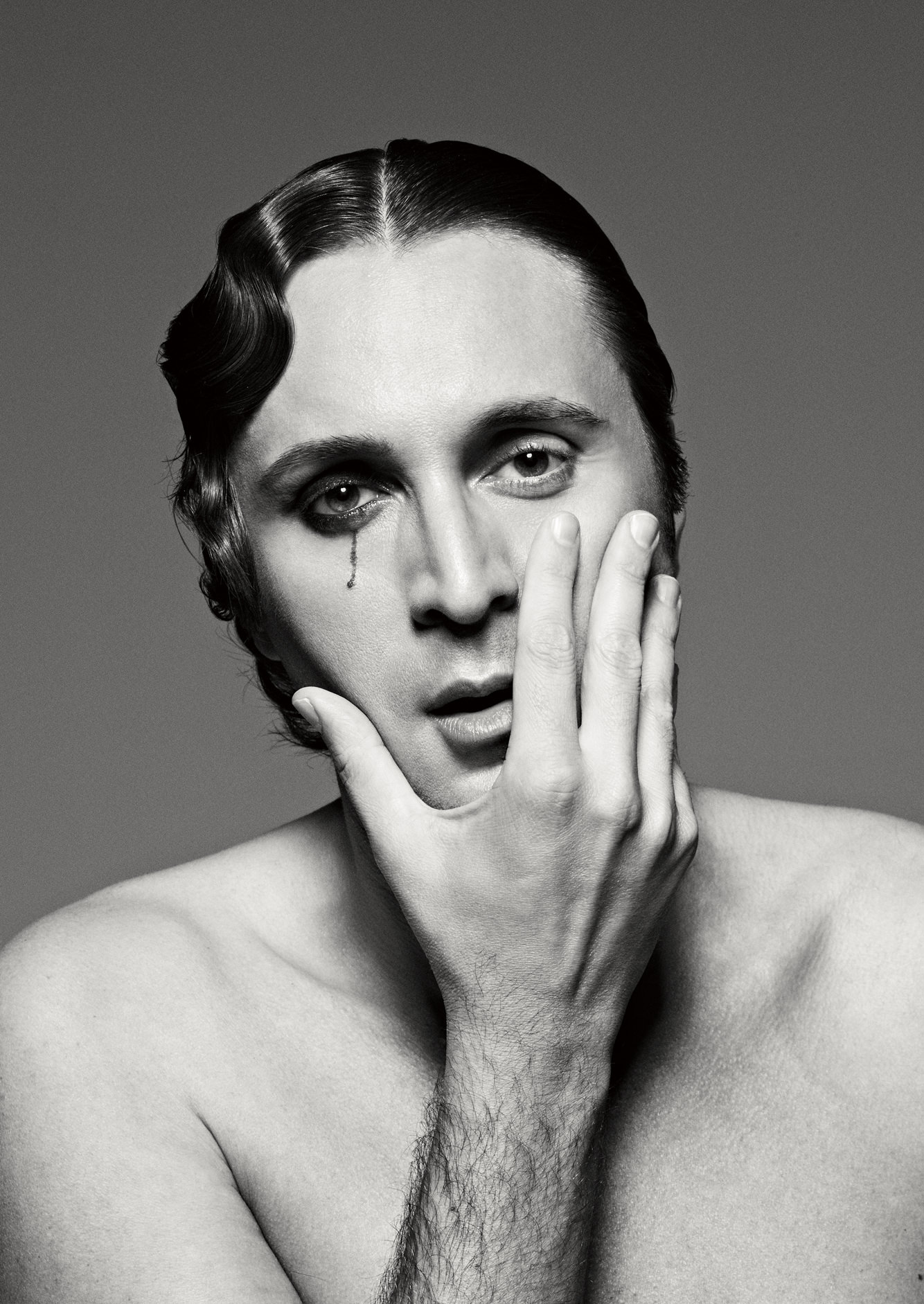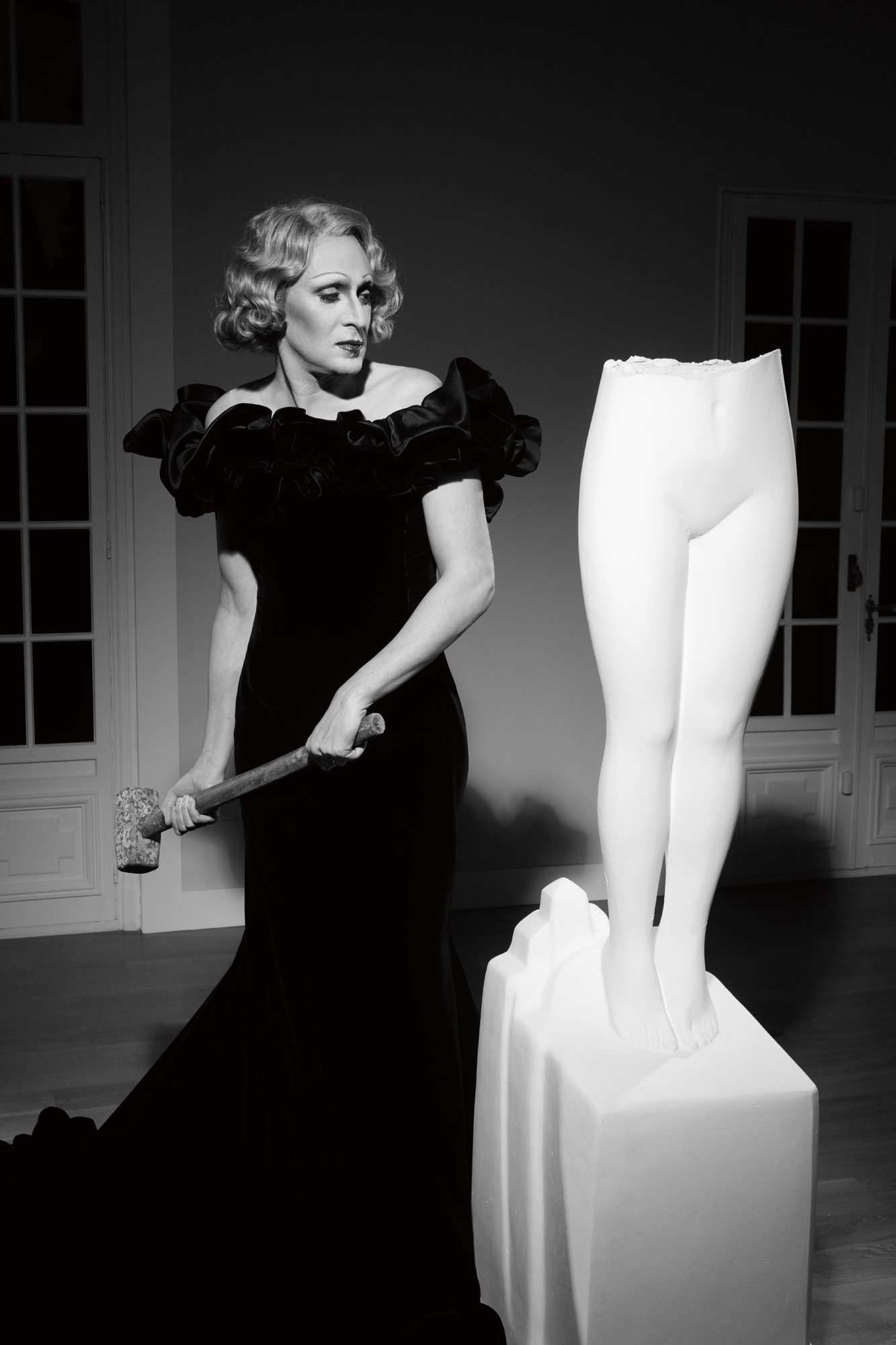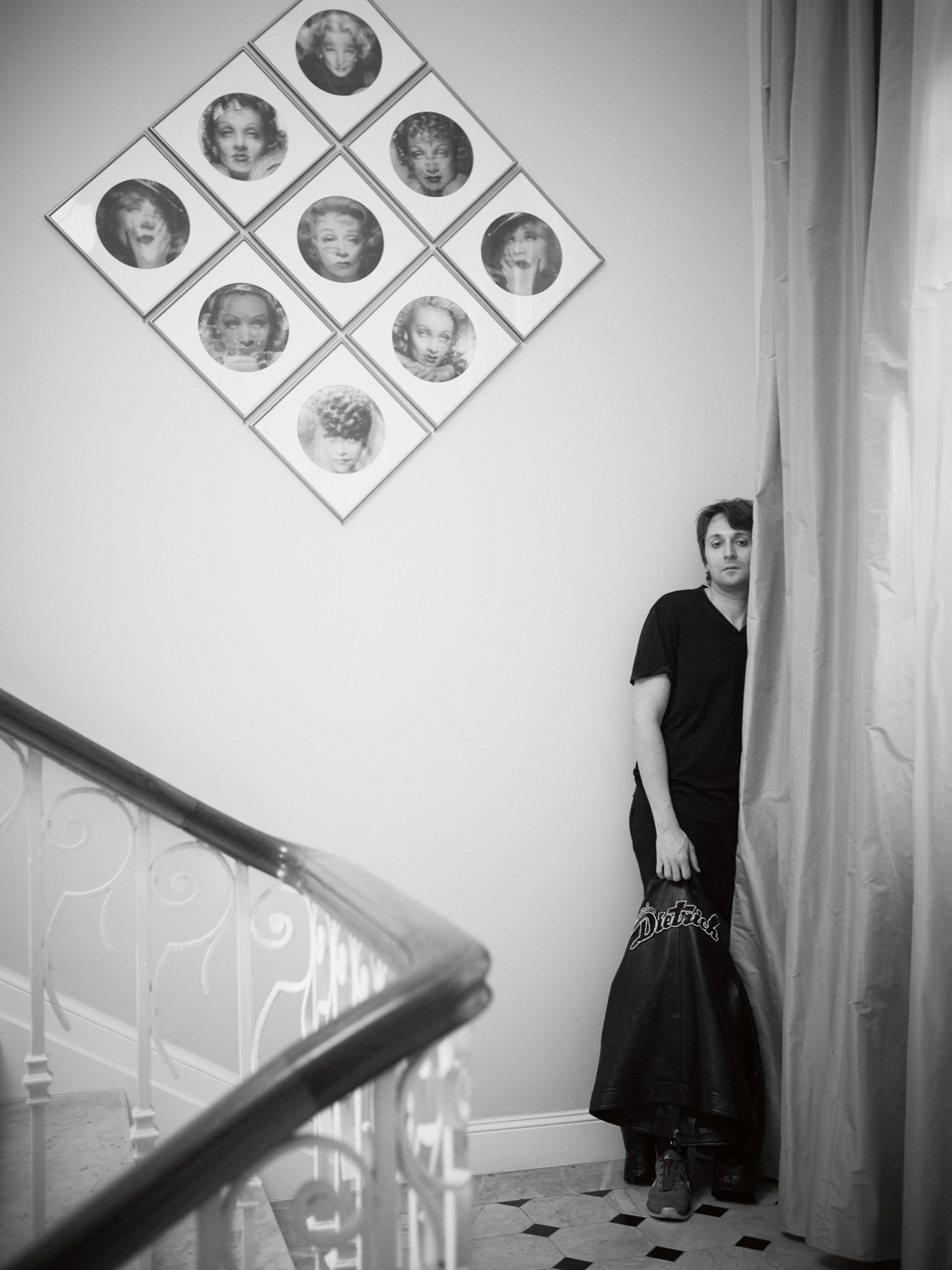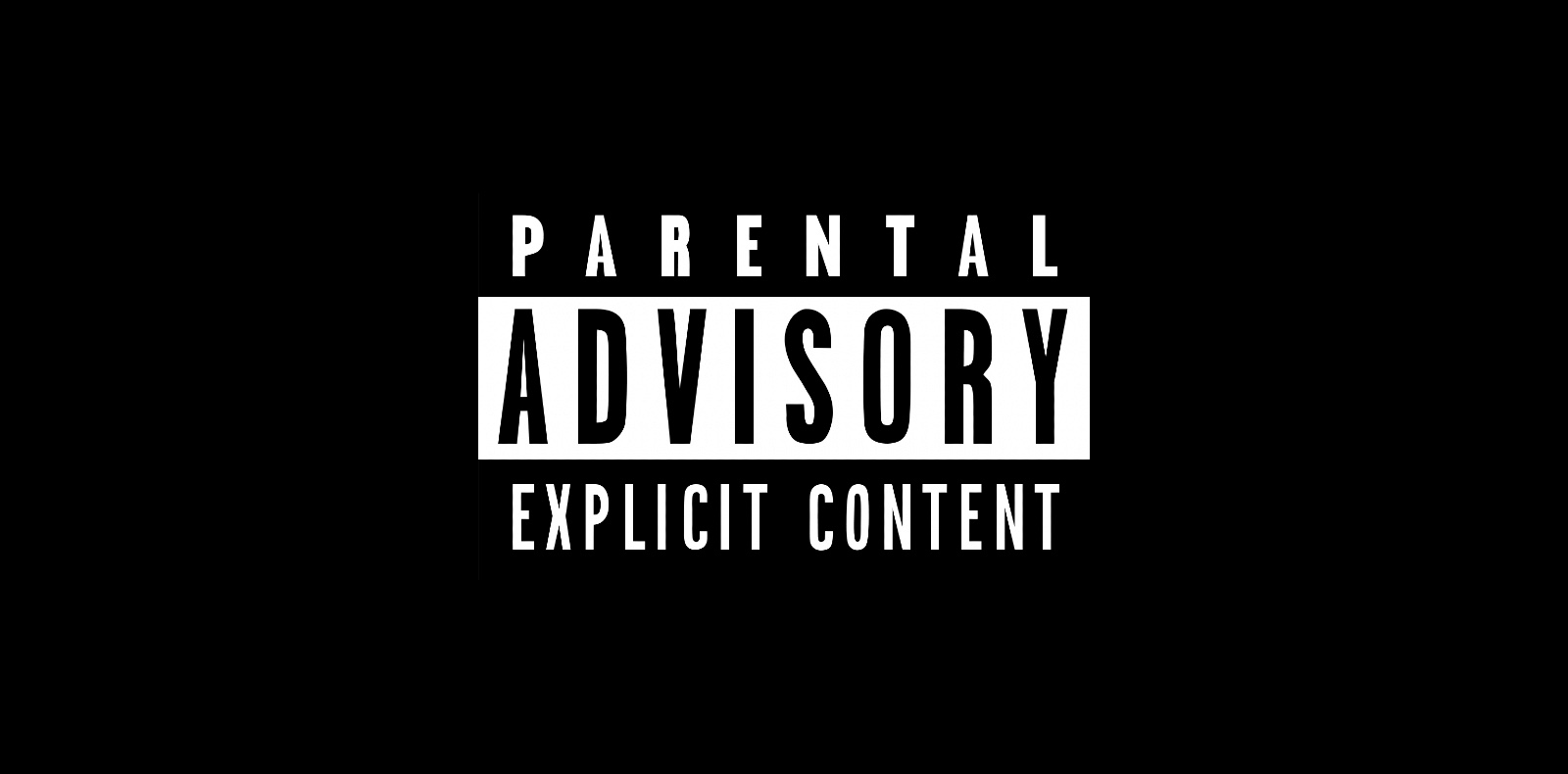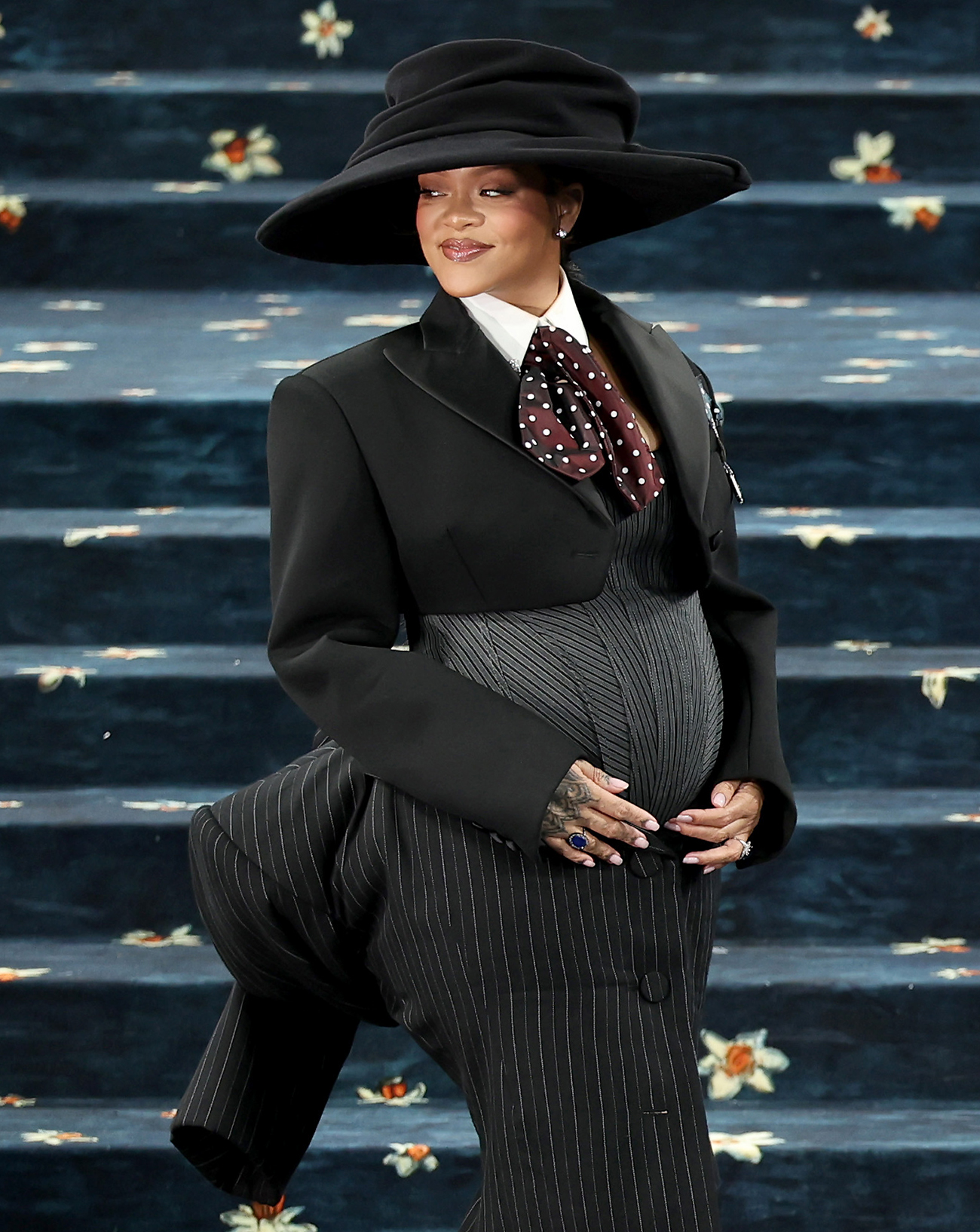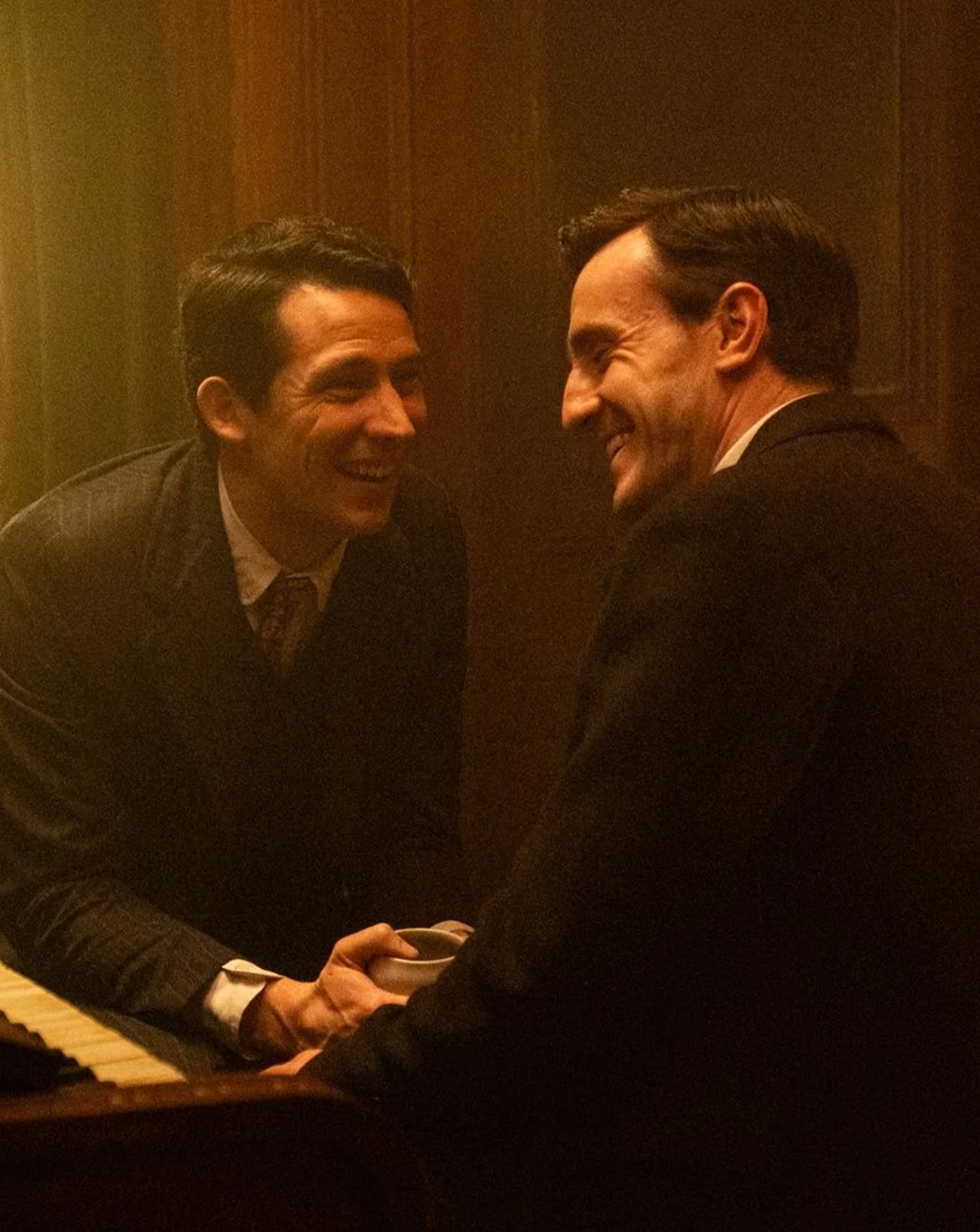
25
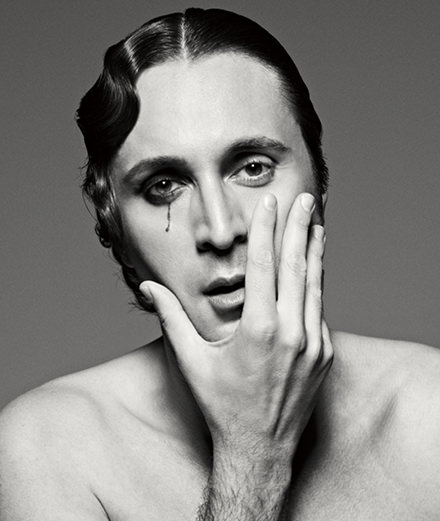
25
Marlene Dietrich’s myth reinvented by Francesco Vezzoli
From his collaboration with Lady Gaga to a trailer for a film that doesn’t exist, Italian artist Francesco Vezzoli has long subverted pop culture and the star system. Numéro spoke to him about the thin line between truth and fiction.
Interview by Thibaut Wychowanok.
From his collaboration with Lady Gagato a trailer for a film that doesn’t exist, Italian artist Francesco Vezzoli has long subverted pop culture and the star system. In Monaco he’s just turned the Villa Sauber into a fantasy residence for Marlene Dietrich. As well as presenting portraits of the Hollywood star painted in the grand manner, he gave an evening’s performance as Dietrich herself, dressed up in a majestic black cocktail gown. Numéro spoke to him about the thin line between truth and fiction.
Numéro: You partly owe your fame to your collaborations with living stars, such as Lady Gaga or Sharon Stone. Does your show dedicated to Marlene Dietrich betray a new fascination for dead divas?
Francesco Vezzoli: What’s certain is I no longer have the patience to work with flesh-and-blood divas. I spent so much time getting turned down and trying to convince them. I asked Stromae to do the performance that I ended up doing myself in Monaco, but he wasn’t available. And I’m at a point in my career where I prefer to work with people who are available. My state of mind has changed. I prefer a real collaboration and exchange with artists rather than manipulating divas as I did in the past. They no longer fascinate me.
Can you tell us about your one-off performance at the Villa Sauber?
I constructed the Monaco exhibition entirely around Marlene Dietrich. The Villa Sauber became not only a place to show works inspired by her [fake film posters, sculptures, embroidery portraits as well as painted portraits in the grand manner] but also a residence that she could have lived in herself. I spent five exhausting hours on set, as it were, dressed up as Dietrich in a black dress. I sprayed the place with her perfume, to the point of making myself ill. It was my very first performance (if you don’t count the three-minute one I did with Lady Gaga). I wasn’t trying to exactly impersonate Marlene; I didn’t want to wear latex on my face. What I was looking for was to put myself in danger both physically (I lost 7 kilos) and mentally. A good artist is a courageous artist. The audience’s respect is not a given. You have to dare to call yourself into question and confront yourself with new practices.
Do you often do drag?
If I met a man who I was mad about who asked me to make love in a dress, I’d do it without thinking. Nothing is dirty when it’s a question of giving pleasure. You see, I always try to be as honest as possible. So if I did drag quietly at home out of the public eye, I’d tell you straight away. These days, it would probably be the coolest thing I could admit to. But I’m sorry to have to tell you that it’s just not the case.
Catherine Deneuve, with whom you’ve worked, would have said that there are no longer any stars. Is putting on a show about Marlene Dietrich a way of highlighting what separates yesteryear’s myths from today’s celebrities?
Discretion is a form of power. And intelligence is a form of power. Jeanne Moreau used to say, “It’s not the films you do that make your career, but those you refuse.” One might perhaps regret that Rihanna – who I like a lot, let me make that clear – doesn’t have the brain of a Jeanne Moreau. But that’s life. If Rihanna spoke with the same intelligence as Jeanne Moreau, would she maybe lose her sex appeal? I don’t know. But it would be good if in our current climate stars took a stance and got involved, for example, in the American presidential elections. Unless we really want Carrot Skin to become U.S. president.
Are you referring to Donald Trump?
I met him twice. One day my mentor, the architecture critic at The New York Times, made me an offer that intrigued me. He said, “This evening I’m inviting you to take part in The Satyricon [a Roman novel of the first century A.D. which inspired Fellini’s 1969 film of the same name].” He came to get me and we ended up with Donald Trump at a Ricky Martin concert. It was over ten years ago and Ricky Martin hadn’t yet come out of the closet. But Trump was already considered a possible candidate for the White House. And let me tell you something: contrary to what a lot of Europeans think, there’s absolutely no irony in Donald Trump. Everything about him should be taken at face value. When I collaborated with him, Gore Vidal warned me, “Your work will never be understood here. There’s no room for irony in the U.S.”
Your work hasn’t always been well received – some people have even dismissed you as a “red-carpet artist.”
I’ve long been reproached for embracing pop culture when all I was trying to do was analyse it. And now people call me a Marxist! In any case that’s what the president of Italian television said, who I’m working with at the moment. I put all my energy into coming out of the closet as a gay man, and now I’m forced to come out of the closet as a Marxist! It’s the new cross I have to bear! [Laughs.] I can only repeat the words of Gloria Gaynor: “I am what I am.” There’s no point to an artist if they don’t inspire diverse interpretations. And everyone’s free to enjoy themselves having a go at interpreting my work.
Would you say your work is a critique of the system?
I don’t consider my work as a critical reaction to institutions. But I have a lot to say about the contemporary-art system, which nowadays strangely resembles the Hollywood system. A whole load of hype is made up from scratch about a handful of artists rather than helping them create their own identity.
You don’t spare yourself either. One of the fake film posters in Monaco shows you with the following caption: “He [Francesco Vezzoli] wanted to become a star… Does his ambition know no limits?”
I don’t want to turn into Isabelle Adjani and spend my life under a layer of collagen refusing to call myself into question!
In the film you show, you stage your own descent into hell by getting prostitutes to recount their experiences with you. Where does fiction start and reality stop?
The whole point of the exhibition is to blur the boundaries. I’m very happy, for example, that people have taken for the real thing the portrait I did of Marlene in the manner of Francis Bacon. The line between the real and the false is even further questioned by the real Matisse that I’ve installed nearby, a work that looks like it takes Dietrich as a model. Playing with the true and the false is a way of questioning reality in order, I hope, to bring out a certain truth about the world. Why do people think it’s a real Francis Bacon? Because we’re in Monaco. It’s perfectly credible that a museum or even an individual here would own a Francis Bacon. So the place where my installations are shown is crucial. What I do is haute couture: each work is specially conceived for the place where it will be shown. Only the market could think that a work can be beautiful any old where in the hands of any old collector.
Have you left your fetish subjects behind in favour of a critical stance towards the art world?
When I started out as an artist in Italy, I was probably the first to grapple with subjects like homosexuality in a “general public” sort of way. And then I moved onto other things, before realizing that certain truths and freedoms that I thought could now be taken for granted in our society actually can’t.
You’ve never been censored?
Strangely no. Not even in Qatar, even though my show there clearly celebrated gay culture. Perhaps they wanted to be modern with me…
Or perhaps there are also a lot of homosexuals in Qatar?
Clearly I’m the living proof of it!
Francesco Vezzoli, “Villa Marlene”, until September 11th 2016 at the Nouveau Musée national de Monaco – Villa Sauber, Monaco.






